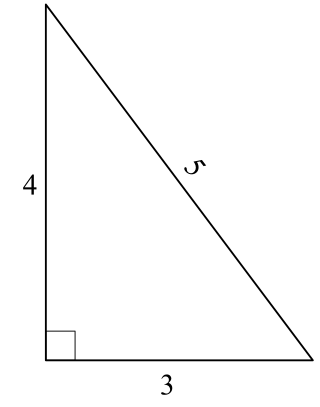Related Research Articles
15 (fifteen) is the natural number following 14 and preceding 16.
19 (nineteen) is the natural number following 18 and preceding 20. It is a prime number.
33 (thirty-three) is the natural number following 32 and preceding 34.
38 (thirty-eight) is the natural number following 37 and preceding 39.
37 (thirty-seven) is the natural number following 36 and preceding 38.
61 (sixty-one) is the natural number following 60 and preceding 62.

120 is the natural number following 119 and preceding 121.
1000 or one thousand is the natural number following 999 and preceding 1001. In most English-speaking countries, it can be written with or without a comma or sometimes a period separating the thousands digit: 1,000.
300 is the natural number following 299 and preceding 301.
400 is the natural number following 399 and preceding 401.
127 is the natural number following 126 and preceding 128. It is also a prime number.
190 is the natural number following 189 and preceding 191.
496 is the natural number following 495 and preceding 497.
700 is the natural number following 699 and preceding 701.
900 is the natural number following 899 and preceding 901. It is the square of 30 and the sum of Euler's totient function for the first 54 positive integers. In base 10 it is a Harshad number. It is also the first number to be the square of a sphenic number.

A hexagonal number is a figurate number. The nth hexagonal number hn is the number of distinct dots in a pattern of dots consisting of the outlines of regular hexagons with sides up to n dots, when the hexagons are overlaid so that they share one vertex.
168 is the natural number following 167 and preceding 169.
252 is the natural number following 251 and preceding 253.

5 (five) is a number, numeral and digit. It is the natural number, and cardinal number, following 4 and preceding 6, and is a prime number. It has garnered attention throughout history in part because distal extremities in humans typically contain five digits.
40,000 is the natural number that comes after 39,999 and before 40,001. It is the square of 200.
References
- ↑ MathWorld - Hexagonal Number
- ↑ Mackenzie, Dana (March 2018). "2184: An Absurd (and Adsurd) Tale". Integers. 18.
- ↑ 2 Chronicles 24:15